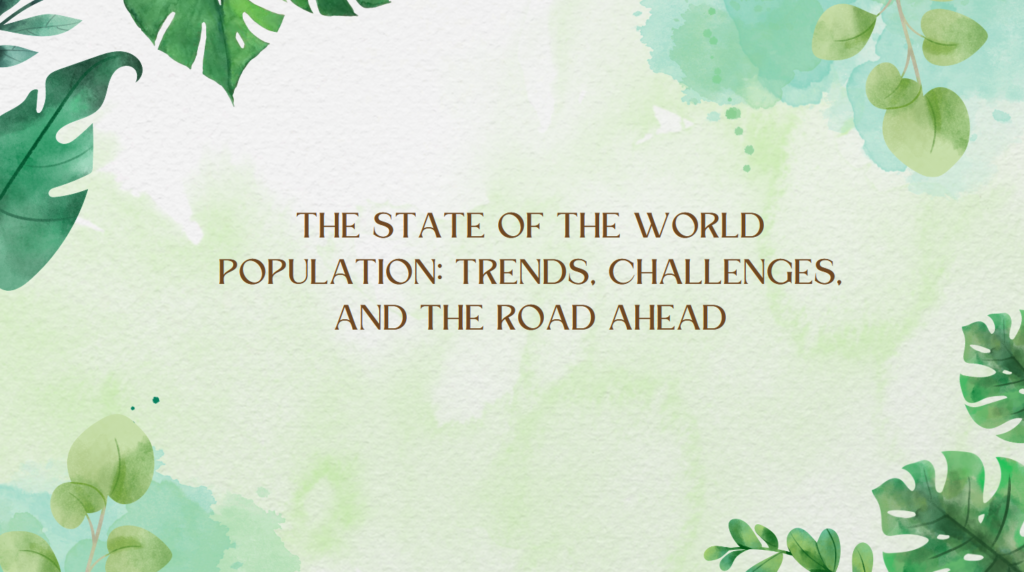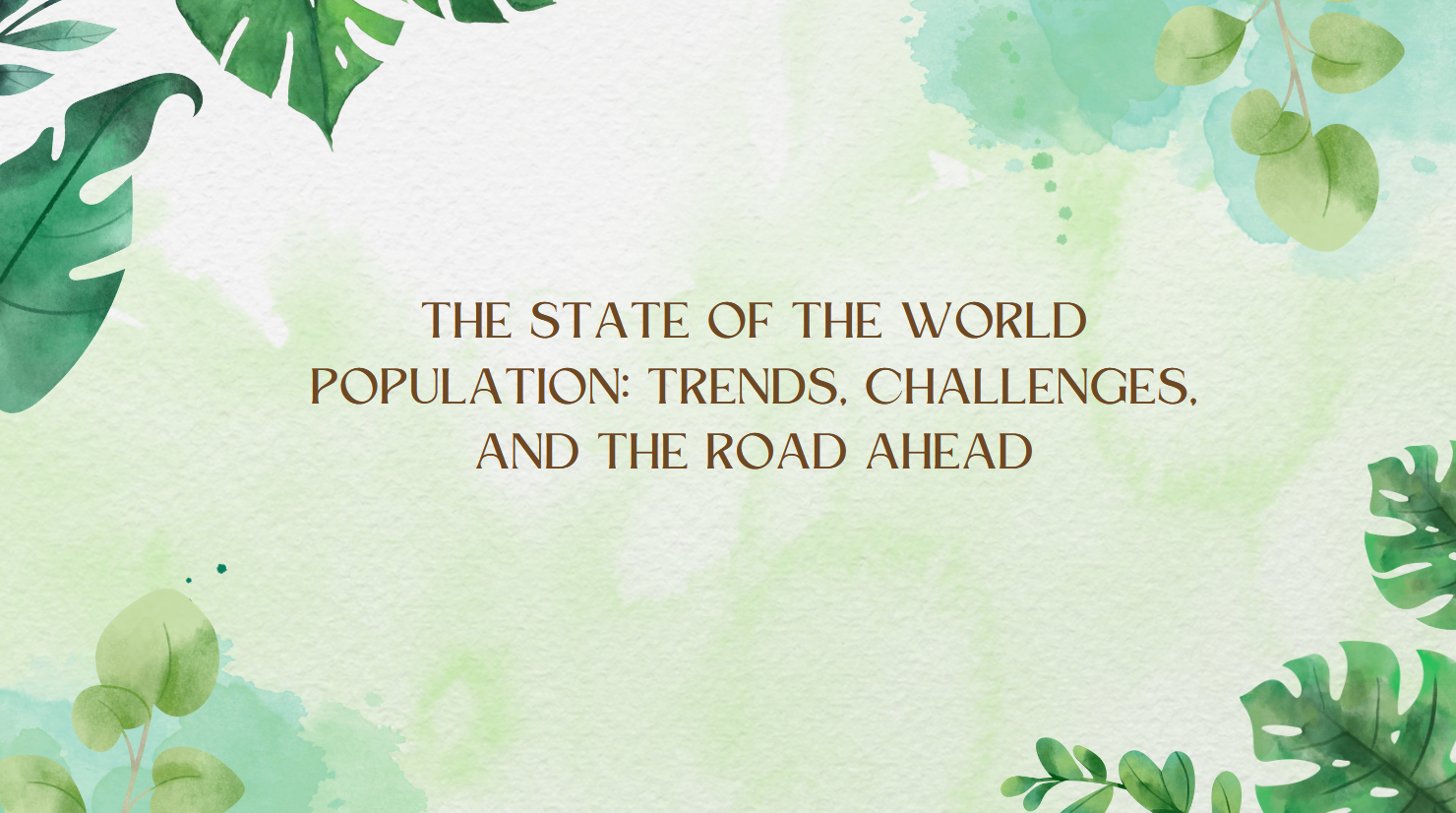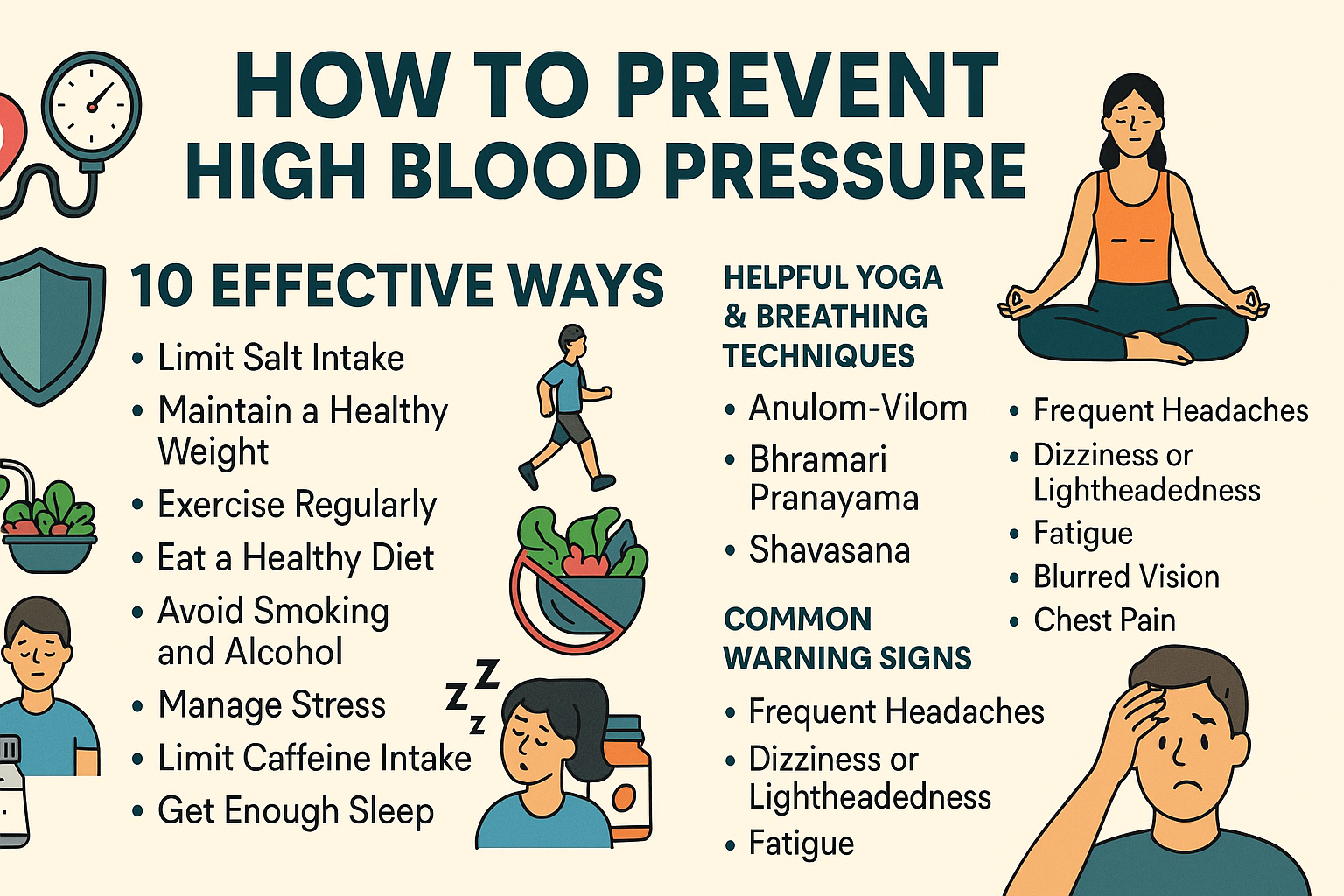The world’s population has always been a topic of great interest, and its growth, or lack thereof, holds significant implications for global resources, development, and sustainability. As we reflect on where humanity stands today, it’s clear that the population is growing at a slower pace than in the past, but the challenges we face are just as pressing.
The Numbers: Where Do We Stand?
As of 2024, the world’s population is estimated to be around 8 billion. This milestone was reached in November 2022, a clear sign of the tremendous growth we’ve seen over the last century. Back in 1900, the global population was only about 1.6 billion, and in 1950, it was 2.5 billion. The rapid population growth during the second half of the 20th century can largely be attributed to advances in medicine, technology, and agriculture, all of which have improved life expectancy and reduced infant mortality.
However, the pace of growth has begun to slow in recent decades. The United Nations projects that the world’s population will peak at around 10.4 billion by the 2080s before stabilizing or starting to decline. This shift is largely driven by decreasing fertility rates, especially in developed countries, as well as urbanization, changing social norms, and improved access to family planning.
Regional Differences in Growth
While global population growth is slowing, this trend is not uniform across the globe. Different regions are experiencing unique demographic changes. Sub-Saharan Africa, for example, is still seeing a rapid population increase. The fertility rate in many countries there remains high, with many nations expected to double their populations in the coming decades. In contrast, many countries in Europe, East Asia, and North America are experiencing low or even negative population growth. Japan, Italy, and Germany are examples of nations struggling with aging populations and shrinking workforces.

The Impacts of Population Growth and Decline
Population growth has both positive and negative implications, depending on how a society adapts to its changing demographics.
1. Economic Implications
A growing population can be a boon for economic growth. More people mean more labor, greater demand for goods and services, and an expanding market. However, a rapid increase in population can also place a strain on infrastructure, social services, and the environment. Countries like India, which are experiencing high population growth, face challenges in providing adequate healthcare, education, and employment for their expanding populations.
Conversely, countries with shrinking populations, like Japan and Italy, face challenges related to labor shortages, high dependency ratios (where there are more elderly than working-age people), and increasing costs for healthcare and pensions. In such nations, the economic burden of an aging population is a serious concern.
2. Environmental Pressures
More people on the planet inevitably leads to greater resource consumption. From food and water to energy and raw materials, the demands placed on Earth’s resources are immense. The World Bank reports that global carbon emissions are highly correlated with population growth, putting additional pressure on the environment in the form of climate change. Urban sprawl, deforestation, and waste production are also growing problems tied to population increases.
3. Health and Well-being
Globally, health outcomes have greatly improved due to better sanitation, access to healthcare, and advancements in medical technology. However, the sheer number of people now on Earth makes it difficult to ensure that everyone has access to the resources and care they need. This can be seen in the unequal distribution of healthcare across countries and regions. Additionally, countries with aging populations face rising healthcare costs and the challenge of providing long-term care for older citizens.
Challenges and Solutions
The global population is not just growing, it’s changing. Countries need to adapt to these changes in order to ensure sustainable development and prosperity. Here are some of the major challenges and potential solutions:
1. Aging Populations
As fertility rates drop and life expectancy increases, many developed nations are facing an aging population. This creates a need for policies that promote elder care, healthcare innovation, and the integration of older people into the workforce. Encouraging immigration, especially among younger populations, is one way that some countries have attempted to offset these demographic shifts.
2. Food Security
With a growing global population, food security becomes a more urgent issue. Sustainable farming practices, investment in food technology, and reducing food waste are critical to feeding the world’s population in the future. Innovation in agriculture, such as vertical farming and genetically modified crops, could play a key role in addressing food shortages.
3. Climate Change
Population growth and the environment are inextricably linked. More people contribute to higher emissions and more resource use, which exacerbate climate change. However, with the right policies, urban planning, and technological innovations, we can reduce the environmental impact of population growth. Cities, for example, can become greener and more efficient through renewable energy, sustainable transportation, and waste reduction practices.
4. Education and Family Planning
In many parts of the world, especially in developing countries, there remains a significant gap in access to education and family planning. Empowering women and girls with education and reproductive rights is one of the most effective ways to slow population growth and improve outcomes for families and societies. When women are given the tools to make informed choices about reproduction, fertility rates tend to fall, as seen in many countries around the world.
Looking to the Future
The global population is on an unprecedented journey, and we face a wide array of challenges ahead. However, with thoughtful policies, innovative technologies, and a commitment to sustainability, humanity can meet the needs of its growing population while preserving the planet for future generations.
The future of the world population is not just about numbers; it’s about how we manage resources, build inclusive societies, and ensure that everyone has the opportunity to thrive. As we look forward, the choices we make today will have a profound impact on the world’s population tomorrow.

In conclusion, the world’s population growth is a complex issue that requires global cooperation and local action. While we are on track to reach 10 billion, how we adapt to these changes will determine the quality of life for generations to come.



